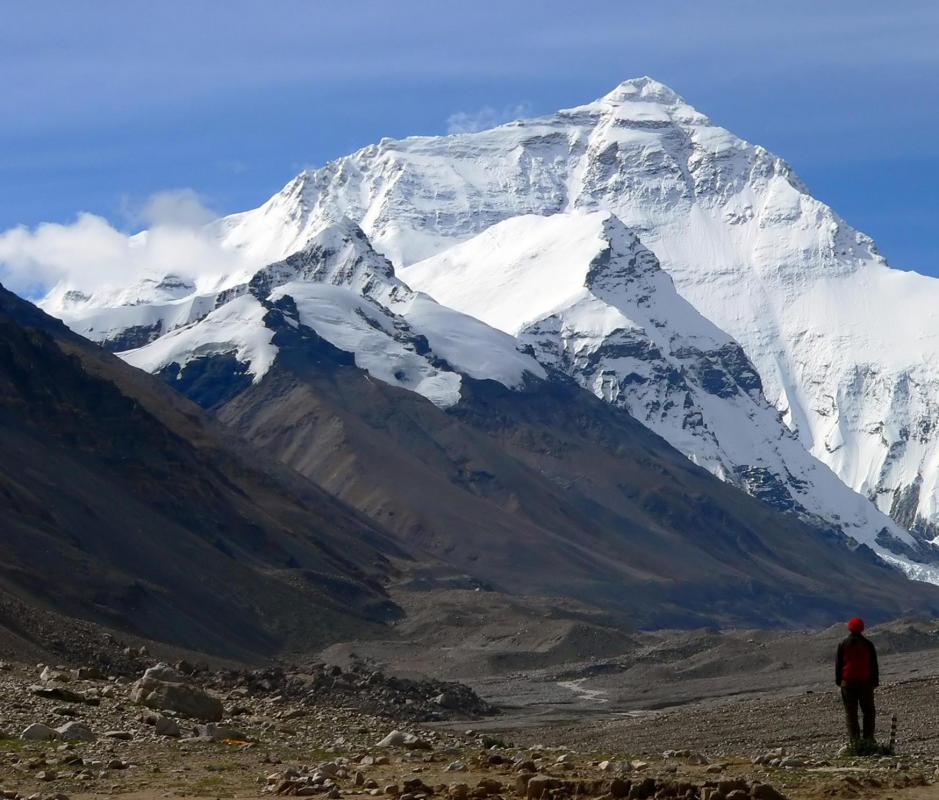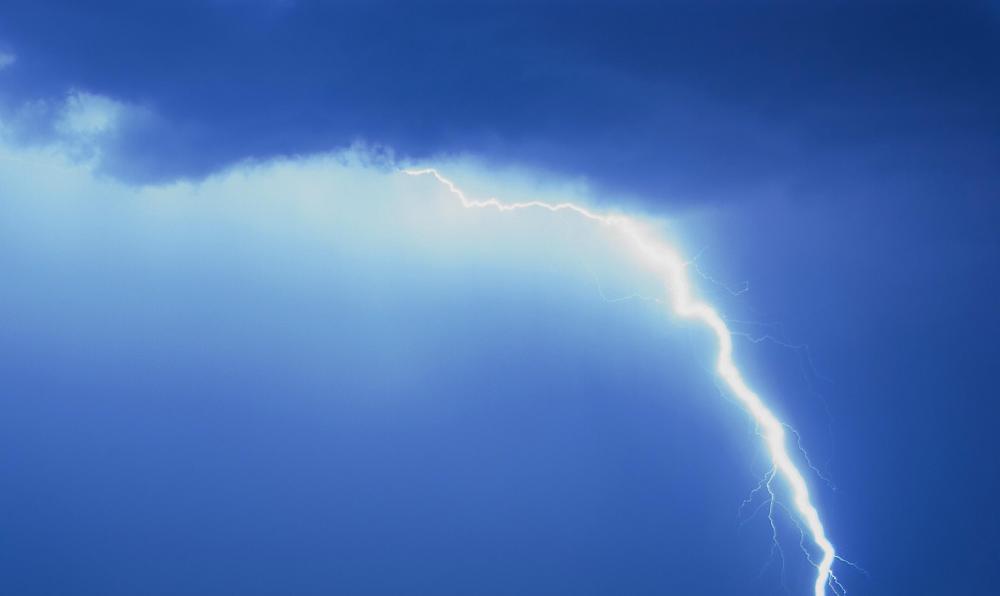What is a Thundersnow?
 Mary McMahon
Mary McMahon
A thundersnow is a highly unusual type of thunderstorm in which snow falls, instead of rain. Sometimes, a mixture of snow and rain falls, creating what could more accurately be termed a thundersleet. Less than one percent of thunderstorms are thundersnows, and the bulk appear around March, when weather conditions appear to be most ripe for these unusual thunderstorms. As anyone who has been in a thundersnow can attest, it is quite a sight.
Several things make a thundersnow unique. The first is the presence of snow, rather than rain, as the primary precipitation. The second is a sense of strangely muffled sound, caused by the snow, which creates an acoustic baffle. In a thundersnow, the thunder can seem very quiet and far-off, even if it is in fact quite close, and it is often inaudible outside a very small range, unlike a classic thunderstorm. The lightning in a thundersnow may also be obscured by the snow, appearing in the form of vague flashes which can be quite unexpected due to the sound distortion.

Only a few areas on Earth have conditions which are right for a thundersnow. These unique storms appear in the American Midwest, especially around the Great Lakes region, and sometimes near Great Salt Lake, as well. They have also been documented in some parts of Japan, and along the Himalayas, most notably on Mount Everest, where a thundersnow can create very dangerous conditions very quickly.

Many thundersnows form because of the presence of large bodies of water, which tend to create columns of slightly warmer air. When a cold front hits that warmer air, it creates turbulence in the clouds, which in turn generates electrical charges which can create lightning. As the precipitation falls, it remains in the form of snow despite the warm air because it is so cold, and thunder and lightning accompany it. Thundersnows can also occur when ground conditions are extremely cold, promoting the formation and endurance of snow.
Being caught in a thundersnow can be dangerous, because the muffled sound may trick you into thinking you are further from the storm than you are. If you are outside, the best thing to do is to make yourself as small as possible, so that you are not a target for lightning, and to keep your head tucked in close to the ground until the storm moves off. If you are indoors or in a vehicle, it is best to remain there until the weather clears.
AS FEATURED ON:
AS FEATURED ON:












Discussion Comments
These types of storms are confusing because it simply is not supposed to snow when weather conditions produce thunder or lightening. The precipitation patterns aren't terribly different from what is produced in conventional snow or sleet conditions, but the effect of throwing thunder in the middle of all that is downright unnerving.
Post your comments